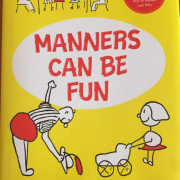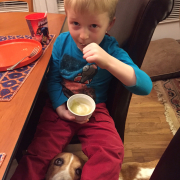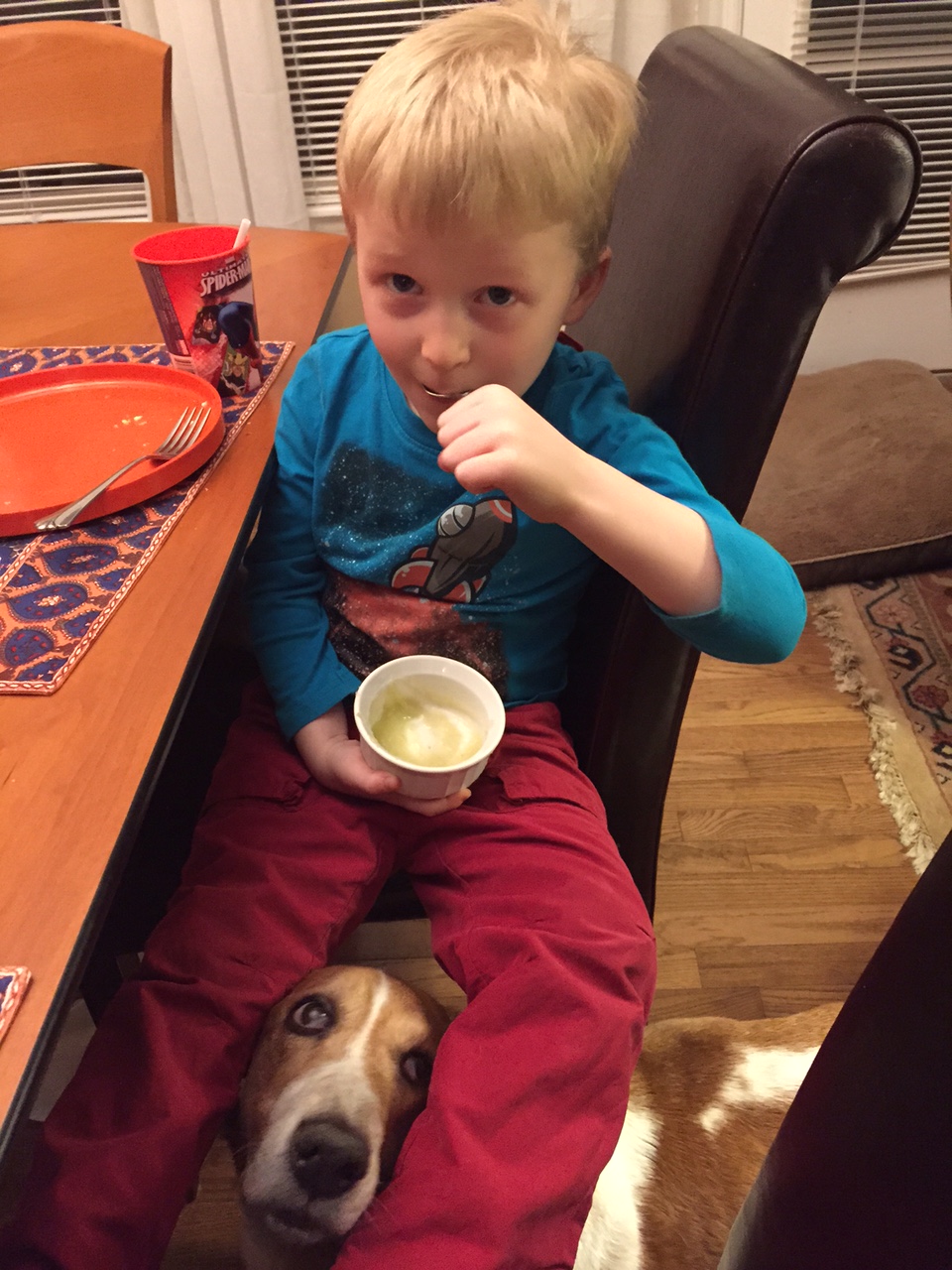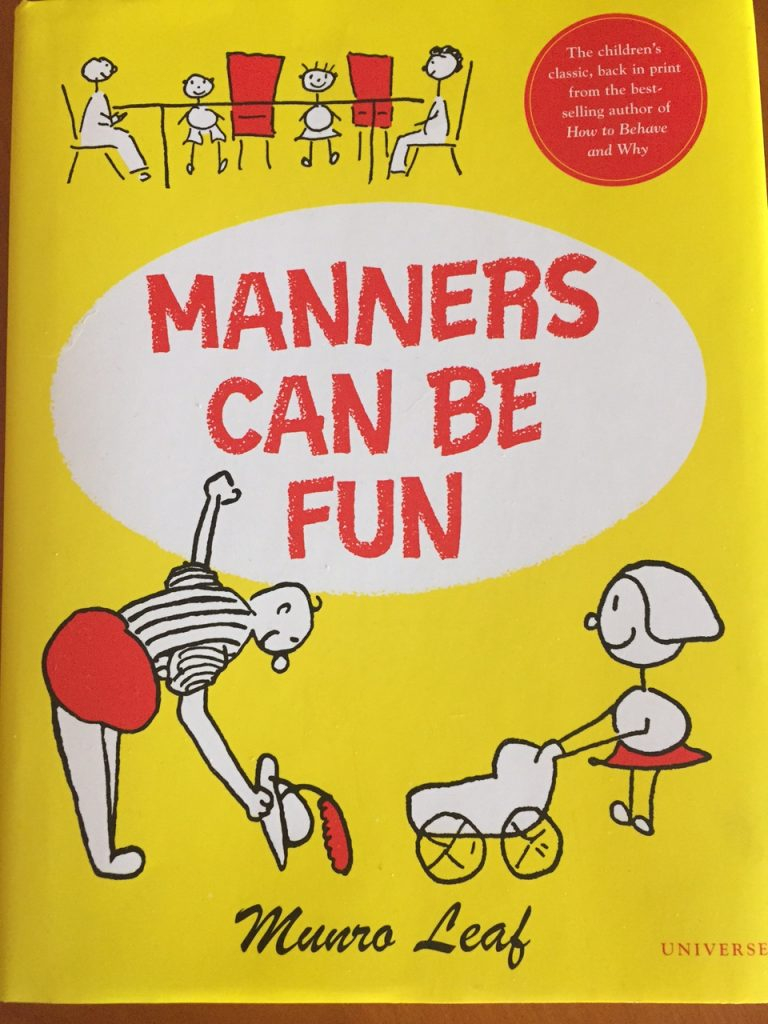
Seated recently at my table for Sunday dinner, my grandson uttered a phrase that is sure to make the heart of any grandparent sing with delight and hope for the future.
“May I please have some more mashed potatoes?” he asked, with perfect decorum.
It might be unfair to say I was shocked by this display of elegant behavior, but pleasantly surprised would be no exaggeration. It’s not that I didn’t expect his parents, both raised by fairly strict disciplinarians, to teach their children manners. I just didn’t think the lessons would take hold at this early age. Don’t we try to forget about such passages and how they went with our own children?
It seems that the home-based teachings (or, sadly, the lack thereof for many) are being supplemented these days by in-depth, practical instruction on manners as part of the pre-kindergarten curriculum in the local schools. Clearly, this additional coaching has brought the topic into bright relief for our Buddy, who, already as a new five-year-old, is so engaged in the pronouncements of his teachers and sensitive to the commentary of his friends.
The shock (or rather, ahem, the pleasant surprise) rippled further through the family a few weeks before my experience during a family dinner at the home of my sister. Manfully trying to manipulate a green salad studded treacherously with small fruit wedges, Buddy lost control at the wheel and shot a slippery orange section off his plate like a hockey puck and into his lap, where it ultimately skidded to a stop on the frame of the chair leg. My sister, hoping to ease his manifest embarrassment, leaned over and suggested softly, “Just pick it up with your fingers and put it back on the plate.” She claims she will go to her grave remembering his reproachful expression as he delivered his rebuke. “That’s not manners, Aunt Kate,” he said solemnly. “We use a fork.”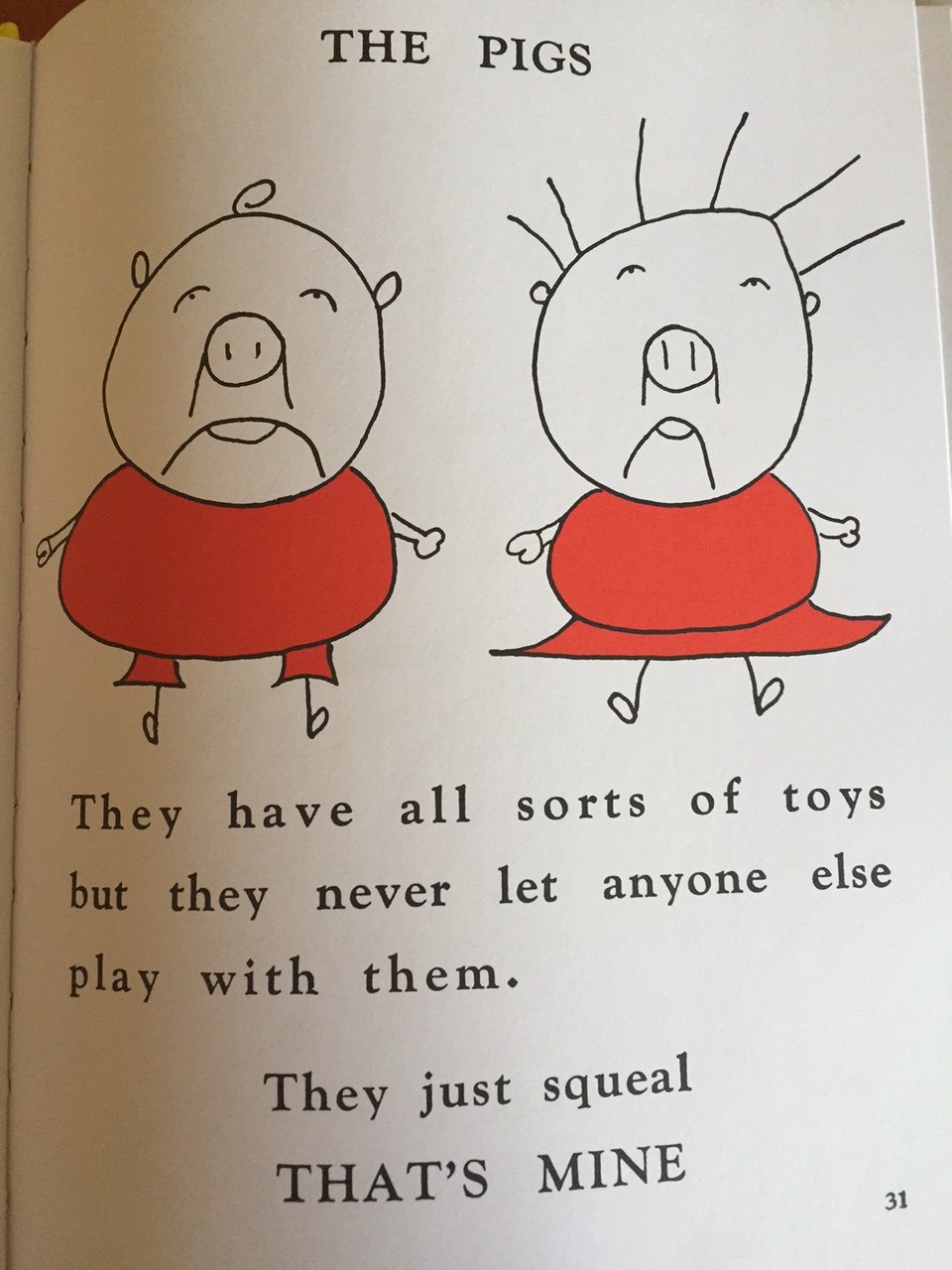
Even more surprising than Buddy’s swan dive into the choppy waters of social niceties are the mirrored actions of his two-year-old sister, who exhibits a remarkably keen eye for strategies that deliver results. Overhearing Buddy request (and receive), seconds on dessert, she surged forward to repeat the magical “May I please…” and bounded away, smug in victory, a few seconds later.
Curious how he came to understand the implications of such choices so clearly, so young, I probed Buddy about it after this recent dinner. “I noticed your very nice manners,” I said, punctuating this with a fond hug. “Why do you think manners are important?”
With perfect comprehension of action/reaction, he replied with a philosophical shrug. “If you don’t say please, it won’t happen.”
________________________________________________________________
*Munro Leaf’s classic children’s book Manners Can Be Fun was first published in 1936, and the worn copy we came to love growing up was actually a gift to my mother when she was a child. The book was re-released in this country about 10 years ago. Its illustrations, which look like they were rendered by children (see photo above of the two pigs), are timeless classics. I have adored this book since childhood but receive no compensation or benefit from mentioning it here.

